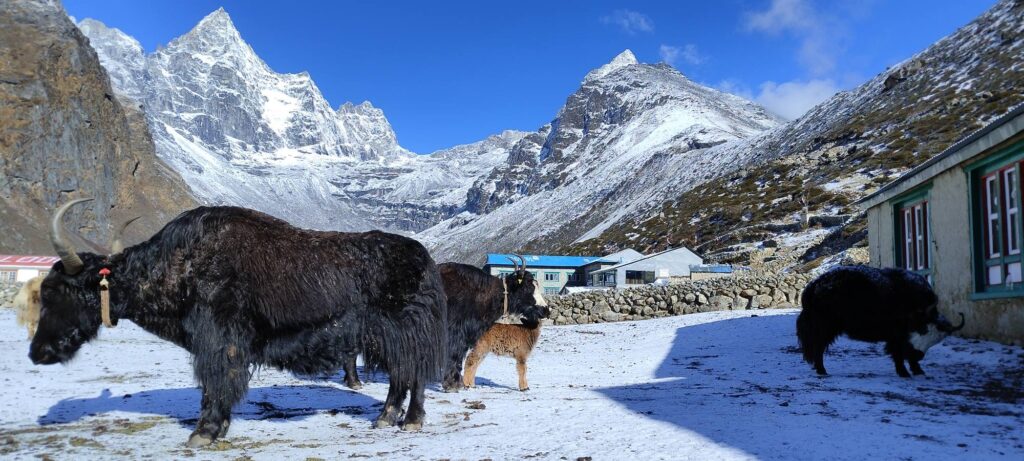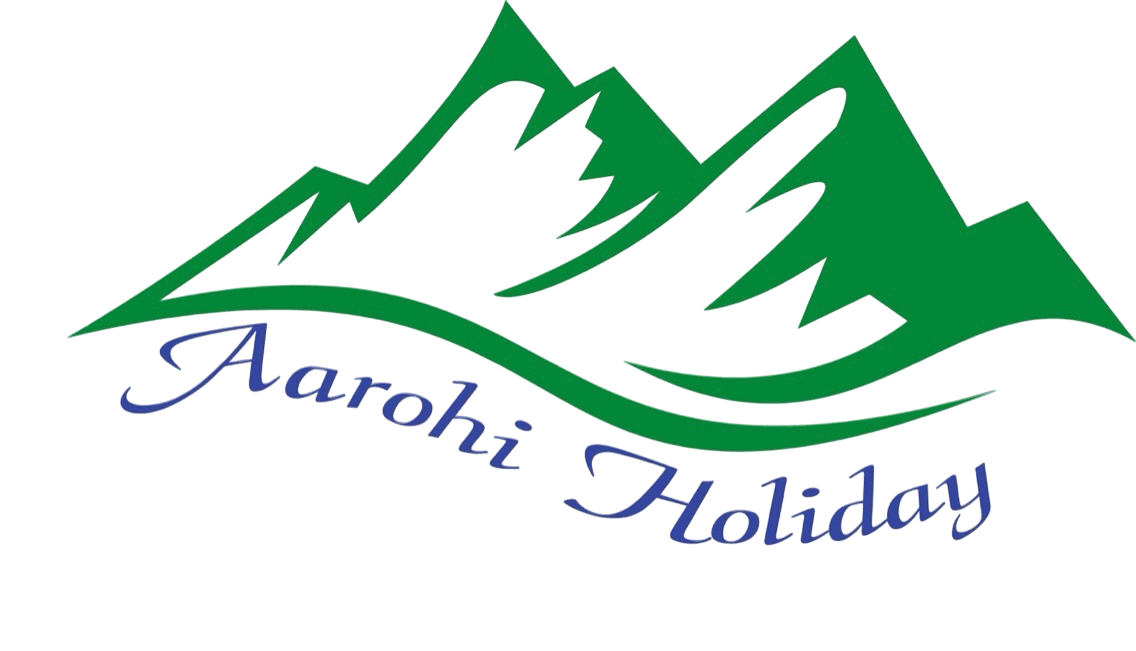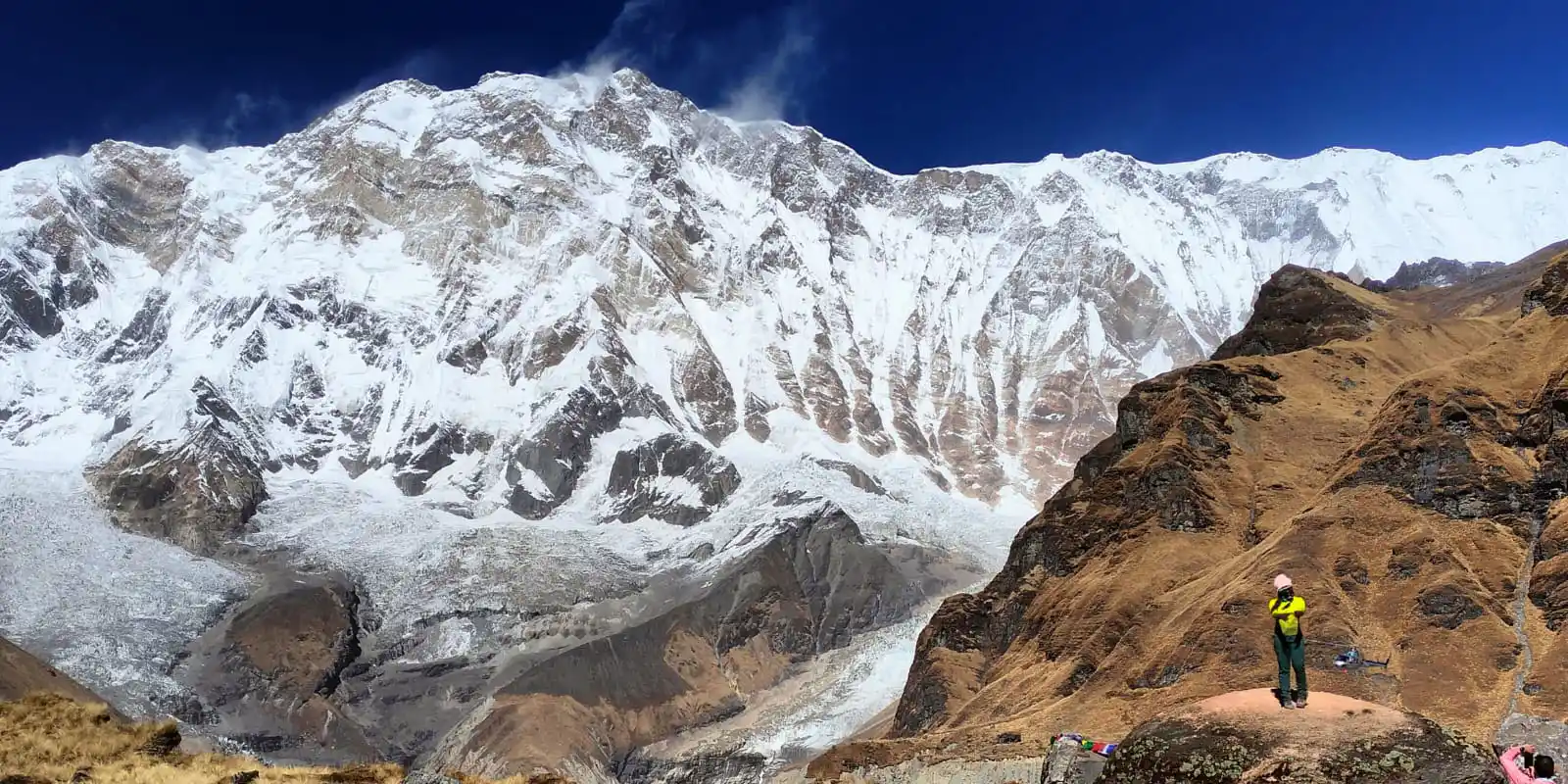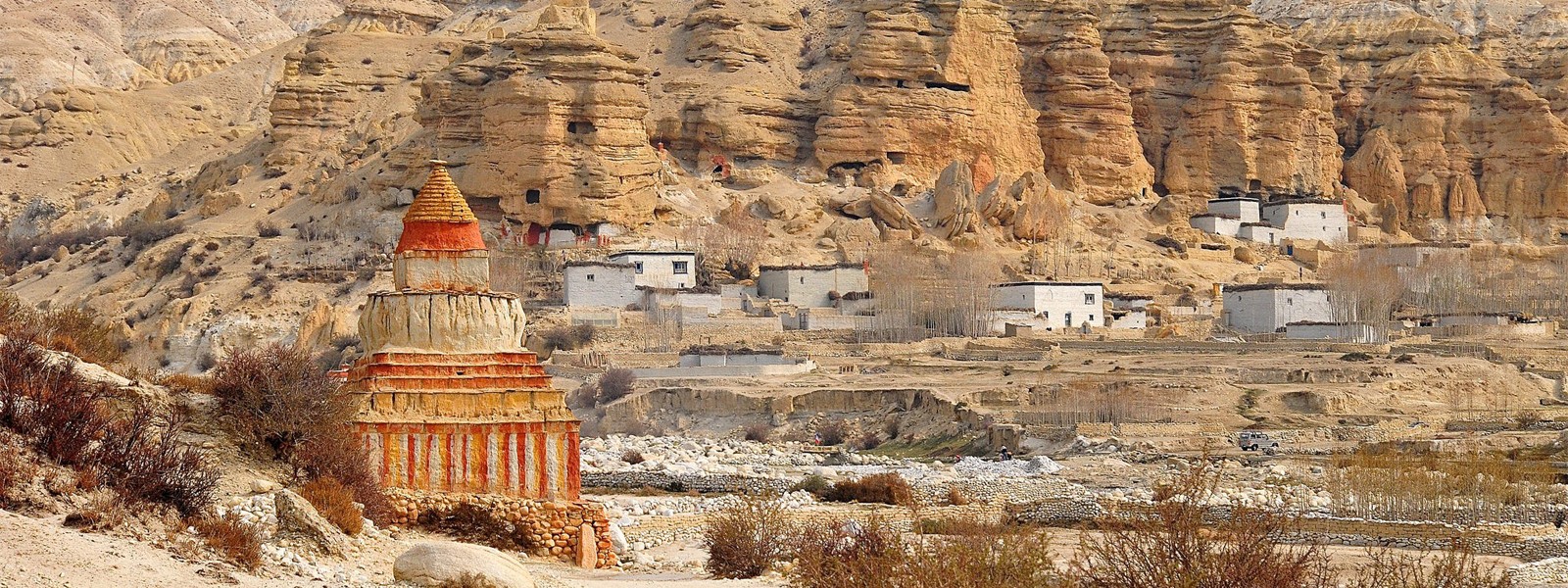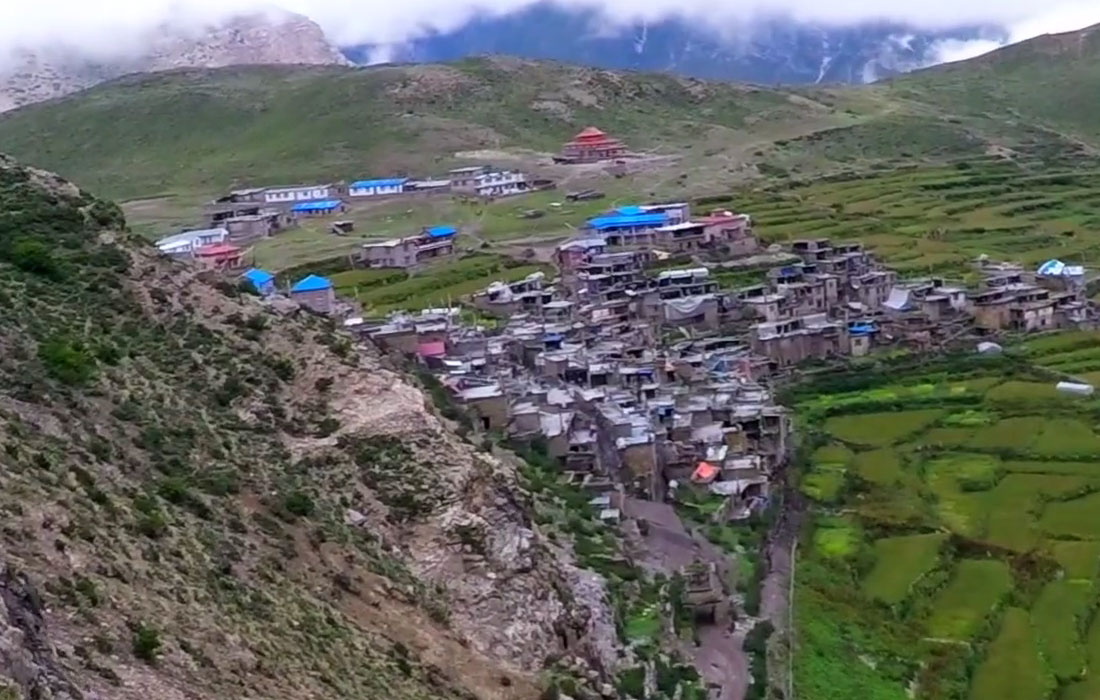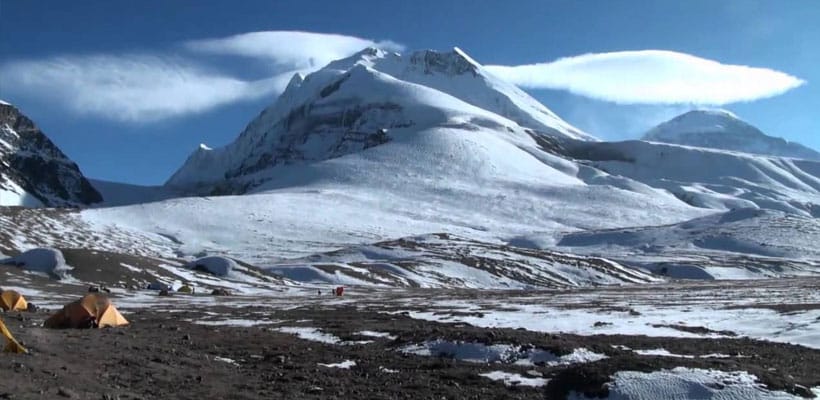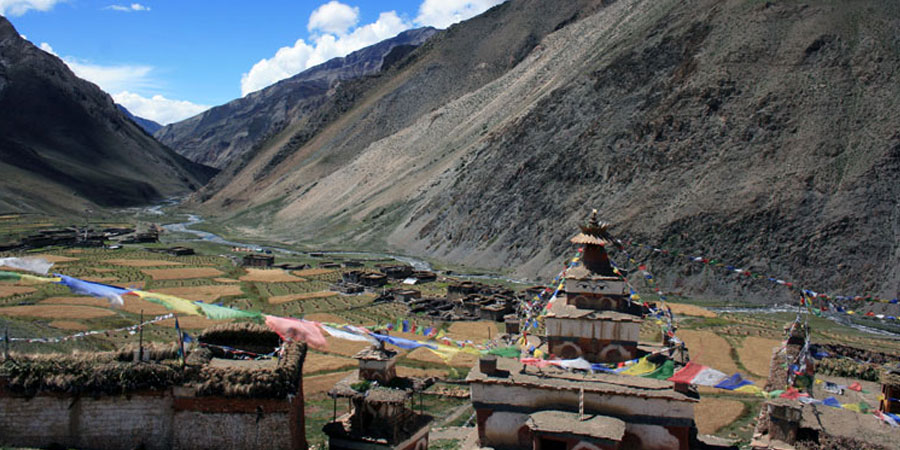Accommodation during EBC with Gokyo Lake Trek
- In Kathmandu we provide comfortable accommodation in 3-star hotels with breakfast on a twin-sharing basis.(Private room accommodation can be organized at an extra cost)
- During the trek, we provide comfortable teahouse accommodation on a twin-sharing basis. Hot showers, Wi-Fi, and device charging are available at an additional cost.
Meals and Drinking water on EBC with Gokyo Lake Trek
During the Everest Base Camp with Gokyo Lake Trek, you will be served three nutritious meals daily—breakfast, lunch, and dinner—at local teahouses along the route. Meals are simple but energy-rich, typically including Nepali dishes like dal bhat, along with other options such as momos, soups, noodles, fried rice, pasta, pancakes, eggs, and Tibetan bread. As you ascend to higher altitudes and more remote areas—especially around Cho La Pass and Gokyo—the menu may become more limited, but still offers satisfying, freshly prepared meals to keep you fueled.
Hydration is crucial for acclimatization and trekking performance. Bottled water is available throughout the trail, but to reduce plastic waste, we recommend carrying a refillable water bottle or hydration bladder. Our guides will provide water purification tablets or drops, ensuring you have access to safe and clean drinking water throughout the journey. Staying well-nourished and hydrated is key to enjoying your trek safely and comfortably.
Required Permits for the EBC with Gokyo Lake Trek
For the EBC with Gokyo Lake Trek, you’ll need a TIMS Card and a Sagarmatha National Park Permit—but no worries, we’ve got it covered. All permit fees are included, and we’ll handle the paperwork so you can focus on the adventure.
- Sagarmatha National Park Entry Permit: NPR 3,000 per person.
- Khumbu Pasang Lhamu Rural Municipality Permit: NPR 2,000 per person
- TIMS Card cost: NPR 1000 per person
Best Time for EBC with Gokyo Lake Trek
The best time for the Everest Base Camp with Gokyo Lake Trek is during autumn (September to November) and spring (March to May), when the weather is stable, skies are clear, and mountain views are breathtaking—perfect for trekking and sightseeing. Winter (December to February) brings cold temperatures and fewer trekkers, offering a quieter experience but with potential snow on higher trails. The monsoon season (June to August) is not recommended due to heavy rain, poor visibility, and possible flight delays.
EBC with Gokyo Lake Trek Difficulties
The Everest Base Camp with Gokyo Lake Trek is more challenging than the standard EBC route due to its longer duration, higher passes, and remote trails. Trekkers typically walk 5 to 7 hours a day across steep ascents, glacier crossings, and rocky terrain. The trek reaches altitudes up to 5,545m at Kala Patthar and includes a demanding crossing of Cho La Pass (5,420m), which can be icy and steep, requiring careful pacing and sure footing.
Acclimatization is crucial, and we include rest days in Namche Bazaar and Gokyo to help your body adjust to the high altitude and reduce the risk of AMS. Our trained and experienced guides will monitor your health closely and ensure you move safely and steadily. With proper fitness, acclimatization, and guidance, this trek is achievable for trekkers seeking a more adventurous and scenic EBC experience.
Altitude Sickness and Prevention on the EBC with Gokyo Lake Trek
At Aarohi Holiday, your safety is our top concern—especially on challenging high-altitude routes like the EBC with Gokyo Lake Trek. This trek includes extreme elevations and the crossing of Cho La Pass (5,420m), so we take extra precautions. Our expert guides are trained in AMS prevention, first aid, and emergency response, and they monitor your health throughout the journey.
We follow a gradual ascent with planned acclimatization days in Namche Bazaar and Gokyo to reduce the risk of Acute Mountain Sickness. Early symptoms like headache, fatigue, or nausea are carefully managed with rest, hydration, or descent when necessary. You’ll receive a thorough safety briefing before the trek, and our guides are equipped with oximeters and basic medical kits to support you every step of the way. With proper care and guidance, your adventure to Everest Base Camp and Gokyo Lakes can be both safe and unforgettable.
Travel Insurance for EBC with Gokyo Lake Trek
Aarohi Holiday strongly advises all trekkers to secure comprehensive travel and medical insurance before starting the EBC with Gokyo Lake Trek. This high-altitude trek crosses remote regions and includes the challenging Cho La Pass, where access to medical services is limited and evacuation can be costly.
Your insurance must clearly cover trekking up to at least 5,600 meters, including emergency helicopter evacuation, medical treatment, accidents, and personal injury. It’s also wise to include coverage for trip cancellations, delays, lost baggage, and other unforeseen issues.
Having the right insurance ensures peace of mind and allows you to enjoy the trek knowing you’re protected in case of emergencies. Aarohi Holiday is always here to support you throughout the journey.
EBC with Gokyo Lake Trek Itinerary
The Everest Base Camp with Gokyo Lake Trek is the perfect adventure for those who want to experience both the classic Everest trail and the tranquil beauty of the Gokyo Valley. Your journey begins in Kathmandu, where you’ll explore the vibrant culture and ancient heritage of the city before flying to Lukla—the gateway to the Khumbu region.
From Lukla, the trail winds through peaceful Sherpa villages like Phakding and Namche Bazaar. With every step, you’ll get closer to the towering peaks of the Himalayas while soaking in the warm hospitality of the locals. After acclimatizing in Namche, you’ll pass through pine forests and spiritual spots like the Tengboche Monastery, then continue to Dingboche and Lobuche.
The first big highlight comes as you reach Everest Base Camp—standing at the foot of the world’s highest mountain is a moment you’ll never forget. The next morning, a sunrise hike up Kala Patthar rewards you with breathtaking views of Mt. Everest and its surrounding giants.
But the journey doesn’t end there. Instead of heading back, you’ll take the less-traveled route over the challenging Cho La Pass, leading you into the stunning Gokyo Valley. Here, the shimmering turquoise lakes and the climb to Gokyo Ri open up a whole new side of the Everest region—less crowded, equally majestic, and deeply peaceful.
From Gokyo, the trail gradually descends through alpine pastures and charming settlements like Machermo, before reconnecting with Namche Bazaar and eventually returning to Lukla. A short flight brings you back to Kathmandu, marking the end of this unforgettable Himalayan experience.
This itinerary is perfect for trekkers who want to combine the thrill of reaching Everest Base Camp with the quiet beauty of Gokyo Lakes—making it a richer, more rewarding journey through the heart of the Himalayas.
EBC with Gokyo Lake Trek Cost
The cost for the Everest Base Camp with Gokyo Lake Trek is USD 1,650 per person, which covers everything you need for a smooth and memorable 18-day adventure—from your arrival in Kathmandu to your final departure.
This all-inclusive price ensures comfortable accommodation, domestic flights, experienced guides and porters, permits, meals during the trek, and more. Whether you’re traveling solo or with a group, we make sure you’re well taken care of every step of the way.
The price is based on a minimum of one participant, but we also offer special group discounts—5% off for groups of 3–5 people and up to 10% for larger groups. Plus, if you’re booking as a group leader, you may be eligible to join the trek for free. At Aarohi Holiday, we believe in transparent pricing with no hidden costs. You get expert service, safety, and a truly enriching Himalayan experience at a fair and honest rate.
Important Notes for EBC with Gokyo Lake Trek
- During high season, flights to Lukla operate from Ramechhap Airport, which is about 5–6 hours’ drive from Kathmandu. In the off-season, flights usually depart directly from Kathmandu. We handle all transfers for you.
- If you prefer to skip the long drive, a helicopter flight from Kathmandu to Lukla takes around 40–50 minutes and costs approximately USD 600 per person. It’s a faster and more scenic option, especially helpful during unpredictable weather.
- This package includes a shared tourist bus to Ramechhap. If you’d like to upgrade to a private jeep, just let us know—we can arrange it for an additional cost.
- Each porter carries up to 20kg of shared luggage (1 porter per 2 trekkers). We recommend packing light—ideally under 10kg per person. A duffle bag will be provided for your trekking gear.
- Meals during the trek are included, but please note that hot showers, battery charging, and Wi-Fi at teahouses often come with extra charges.
- Meals in Kathmandu are not included in the package, allowing you the flexibility to try local restaurants.
- Drones require hard-to-get permits, so it’s best not to bring
Flight to Lukla
Flights to Lukla operate from either Kathmandu or Ramechhap, depending on the season. If flying from Ramechhap, it’s about a 5–6 hour drive from Kathmandu, followed by a 30–40 minute flight to Lukla. Himalayan weather can be unpredictable, with fog or strong winds sometimes causing delays or cancellations. Early morning flights have the highest chance of being on time. We arrange all transfers and keep you updated on any changes. Helicopter charters are also available at an additional cost.
Fitness Preparation for the Trek
Let’s talk about getting ready for the Everest Base Camp and Gokyo Lakes trek. You don’t need to be an athlete, but a bit of training will make the journey much smoother and more enjoyable. Focus on building endurance—regular walks, light jogs, or cycling a few times a week really help. Try stair climbing with a backpack to mimic trail conditions, and if possible, get in some weekend hikes on uneven terrain.
Strength matters too. Simple exercises like squats and lunges can prepare your legs for those long ups and downs. But remember—altitude is the real challenge. That’s why we take it slow, stay hydrated, and allow plenty of time to acclimatize.
A good fitness check? If you can walk up a few flights of stairs while chatting, you’re on the right track. This trek isn’t a race—it’s about soaking in the views, enjoying the journey, and reaching those iconic Himalayan landmarks one step at a time.
A Typical Day on the Trail
Mornings on the EBC with Gokyo Lake Trek usually begin with a hot cup of tea and a hearty breakfast as the sun rises over snow-capped peaks. Once you hit the trail, it’s all about soaking in the views—quiet Sherpa villages, ancient mani stones, swinging suspension bridges, and those endless mountain backdrops.
You’ll walk around 5 to 7 hours a day, with plenty of breaks for snacks, photos, and a well-earned lunch. Some days are more challenging—like the climb to Gokyo Ri or crossing the icy Cho La Pass—but we always keep a steady, comfortable pace.
Afternoons usually wrap up with your arrival at a welcoming teahouse, where you can kick off your boots, sip on warm soup, and chat with fellow trekkers around the fire. It’s the perfect mix of adventure, connection, and quiet mountain magic—day after day.
Arrival Instruction
Upon your arrival at Tribhuvan International Airport, our company representatives are stationed to welcome you to the country. We request you to carefully look for your name being held by our representatives following the events upon landing. The representatives are responsible to escort you to your hotel in Kathmandu. You will see men offering you to carry luggage and take you to your destination as you exit the airport. We request you pay no attention to these people and follow the designated representatives and follow their instructions. You will also need to keep an eye on your luggage and belongings to avoid any complications.
Nepal Visa Entry Procedure
For entry into Nepal, there are visa requirements everyone (except Indian nationals) must complete before being allowed to pass through immigration. This is for air travel as well as overland transportation. Most visitors may obtain a visa to enter Nepal, however, there are exceptions. Three options are available for entry
- 15-day single entry: US $30
- 30-day single entry: US $50
- 90-day multiple entries: US $125
Please have a passport valid for at least 6 months from the time of entry, and have cash ready, preferably in US dollars, though there are other currencies Nepal Immigration accepts. If you are entering via overland, you must have US cash and 3 passport photos. For arrival by air, the kiosks at the airport take your picture for you. For the most up to date list of exceptions for visa on arrival or to obtain the most current visa information, visit the Nepal Department of Immigration website.
